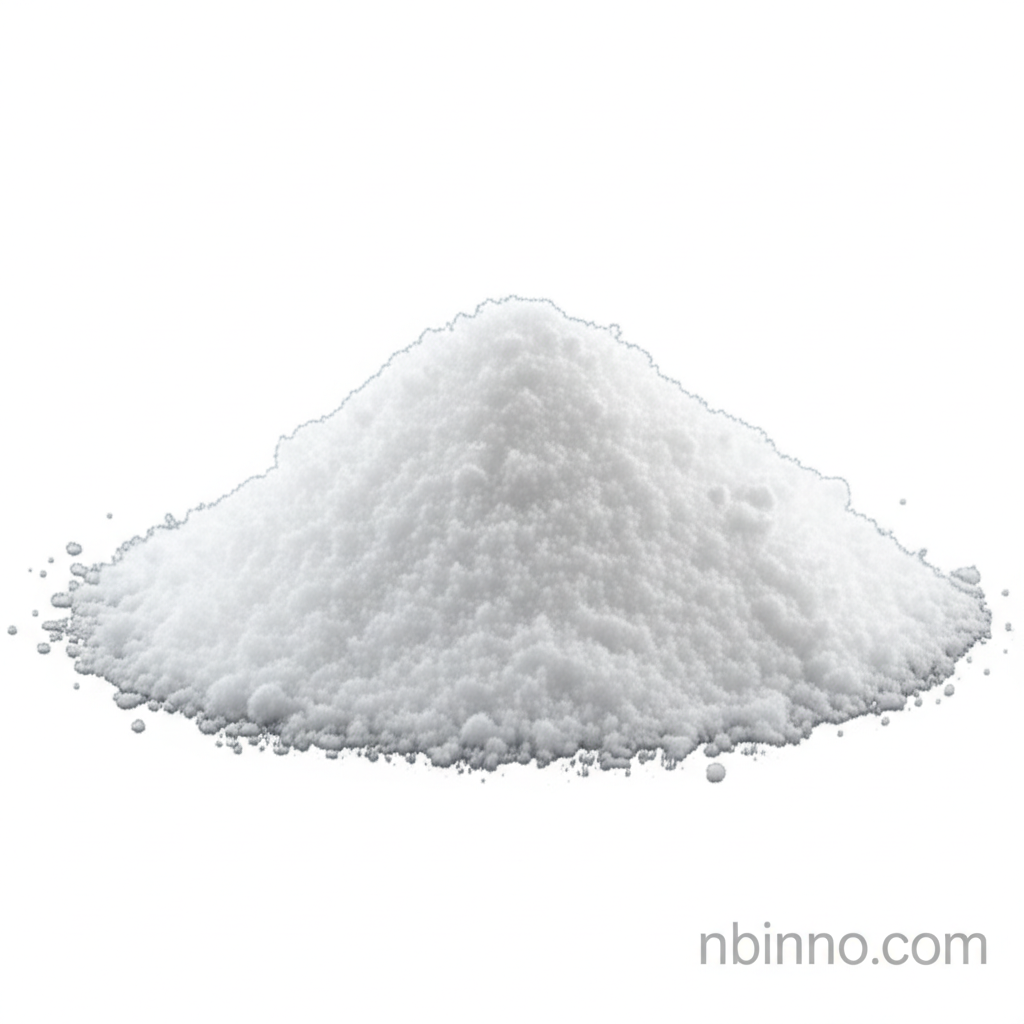Glycine: The Simplest Amino Acid for Diverse Industrial and Nutritional Applications
Discover the multifaceted uses of Glycine, from enhancing flavors to vital biological functions.
Get a Quote & SampleProduct Core Value

Glycine
Glycine, also known as aminoacetic acid, is the simplest of the 20 common amino acids. It presents as a white, sweet-tasting crystalline powder, making it a versatile ingredient in numerous industries.
- Understanding the chemical intermediate roles of Glycine for various synthesis processes. This amino acid is a key building block in organic synthesis.
- Explore Glycine as a crucial component in protein synthesis and its impact on structural integrity. Its unique structure influences protein folding, especially in collagen.
- Learn about Glycine's function as a neurotransmitter in the central nervous system. It plays a vital role in regulating neural signals.
- Discover the application of Glycine as a food additive and sweetener. Its mild sweetness enhances flavor profiles and masks aftertastes.
Key Advantages
Versatile Functionality
As a chemical intermediate, Glycine serves as a foundational element for synthesizing herbicides like glyphosate and various pharmaceuticals.
Nutritional Benefits
Glycine is essential for the body's production of DNA, phospholipids, and collagen, contributing to energy release and overall health. The glycine food additive market continues to grow.
Broad Industrial Use
From food and beverages to pharmaceuticals and laboratory research, Glycine's consistent purity and chemical properties make it a reliable choice. Explore the glycine supplier network for consistent quality.
Key Applications
Food and Beverage Industry
Glycine is widely used as a sweetener, flavor enhancer, and pH buffer in a variety of food and beverage products.
Pharmaceutical Sector
It serves as an intermediate in the synthesis of antibiotics and other pharmaceutical compounds, contributing to advancements in healthcare.
Laboratory Research
In scientific settings, Glycine is utilized in electrophoresis techniques like SDS-PAGE as a buffering agent and for protein analysis.
Cosmetics and Personal Care
Its buffering and conditioning properties make it a valuable ingredient in cosmetics and toiletries.
